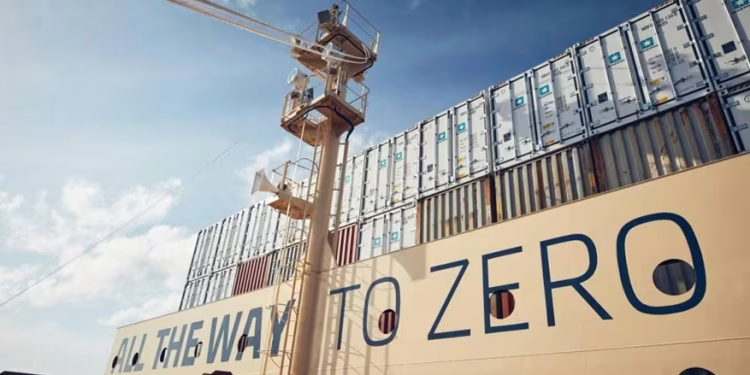By Eva Richardson | Published on April 4, 2025
The global biopharmaceutical third-party logistics (3PL) market is entering a new era of growth and innovation, with recent projections valuing the industry at $176.28 billion by 2031, driven by a potent mix of technological advancement, rising cold chain demand, and heightened sustainability expectations.
According to a new industry report, the market is set to grow at a compound annual growth rate (CAGR) of 5.2% over the next six years, as pharmaceutical manufacturers continue to outsource logistics functions to specialized 3PL providers in an increasingly complex and regulated global supply chain landscape.
Technology and Cold Chain: Twin Engines of Transformation
The logistics of pharmaceutical and biotech products require strict compliance with handling protocols, particularly for temperature-sensitive drugs, biologics, and vaccines. The cold chain segment, while historically more niche, is now central to the industry’s future, with more than 60% of 3PL providers investing heavily in temperature-controlled solutions.
“Cold chain logistics is no longer a value-added service—it’s an operational necessity,” said Dr. Lina Weber, a supply chain advisor for the European Biotech Association. “The success of cell and gene therapies, mRNA technologies, and personalized medicine hinges on real-time visibility and fail-proof cold storage during transport.”
To meet these needs, providers are rapidly deploying IoT-enabled monitoring, AI-driven route optimization, and blockchain-backed traceability systems. These tools ensure not only regulatory compliance but also increase the reliability and predictability of deliveries—especially for high-value or life-saving products.
In the non-cold chain segment, which still accounts for over 80% of total volume, tech innovation is driving performance gains as well. From cloud-based warehouse platforms to data analytics for inventory forecasting, logistics partners are redefining what it means to deliver speed and precision.
Sustainability Gains Momentum
Beyond technology, sustainability is fast becoming a defining feature of the biopharma logistics industry. Clients and regulators alike are pushing for lower carbon footprints, energy-efficient warehouses, and greener packaging alternatives.
As a result, leading 3PL players are integrating electric vehicle fleets, utilizing solar-powered facilities, and rethinking their reverse logistics strategies to reduce waste and optimize asset reuse.
“Environmental stewardship is no longer optional. Investors, governments, and patients are demanding it,” said Weber. “Those who embed sustainability into logistics operations will gain a competitive edge.”
Strategic Expansions and Market Consolidation
Key players are capitalizing on this momentum by expanding their portfolios and reinforcing their global networks. Notable moves include:
-
DHL’s acquisition of CryoPDP, a U.S.-based specialist in temperature-controlled pharmaceutical logistics, reinforcing its presence in North America’s cold chain.
-
AmerisourceBergen and UPS Healthcare, both of which are expanding smart packaging and same-day temperature-sensitive delivery solutions.
-
Kuehne + Nagel and DB Schenker, pushing deeper into biologics transport and last-mile distribution technologies.
Other major contributors include SF Express, Agility, and Kerry Logistics, each investing in regional capabilities to service emerging biopharma hubs in Asia, Latin America, and Eastern Europe.
Post-Pandemic Adjustments and Long-Term Outlook
The legacy of COVID-19 still looms large. During the pandemic, reduced air freight capacity and labor shortages at ports and warehouses exposed vulnerabilities in pharma logistics. Smaller providers without digital infrastructure or scalable models struggled to cope, triggering a wave of operational reevaluations across the industry.
Today, the lessons learned are informing new logistics standards—with emphasis on resilience, automation, and agile response models.
Looking ahead, the biopharmaceutical logistics sector appears well-positioned for a robust and dynamic future. As more advanced therapies hit the market, and as distribution networks become more global and fragmented, the role of third-party logistics providers will only grow in both scope and strategic importance.
The next decade will not only be about moving medicine—it will be about enabling innovation, ensuring access, and delivering on the promise of global health.























